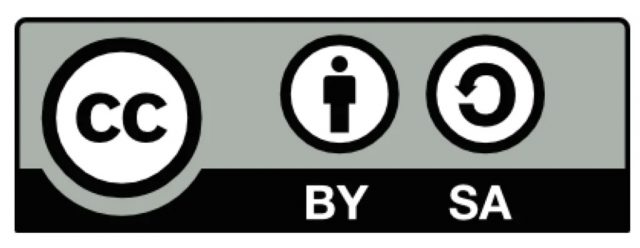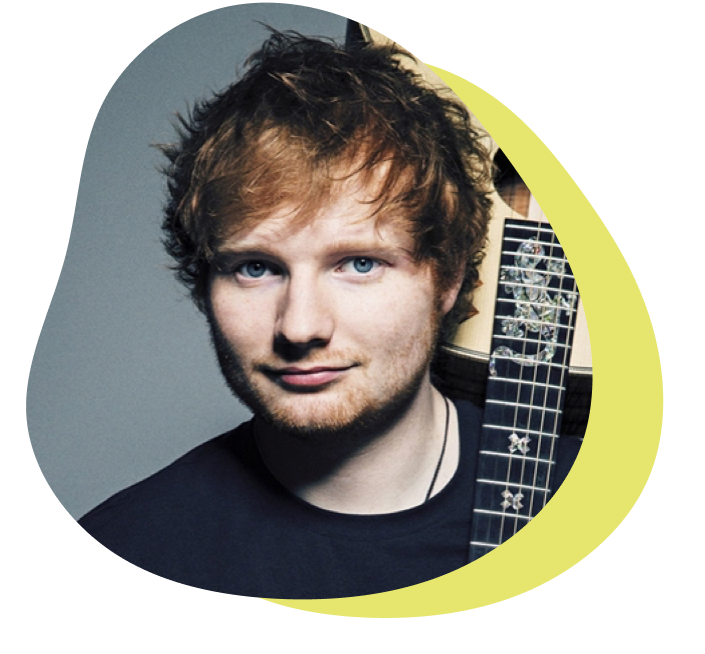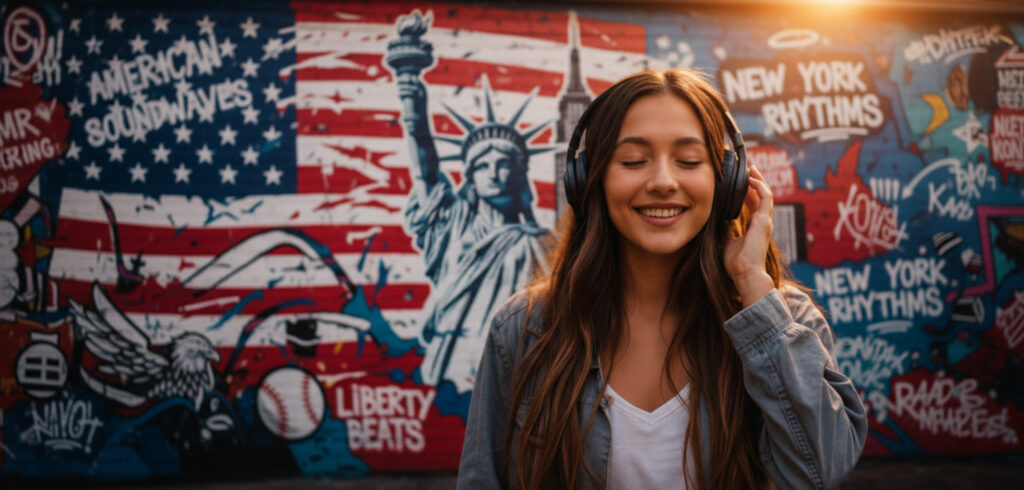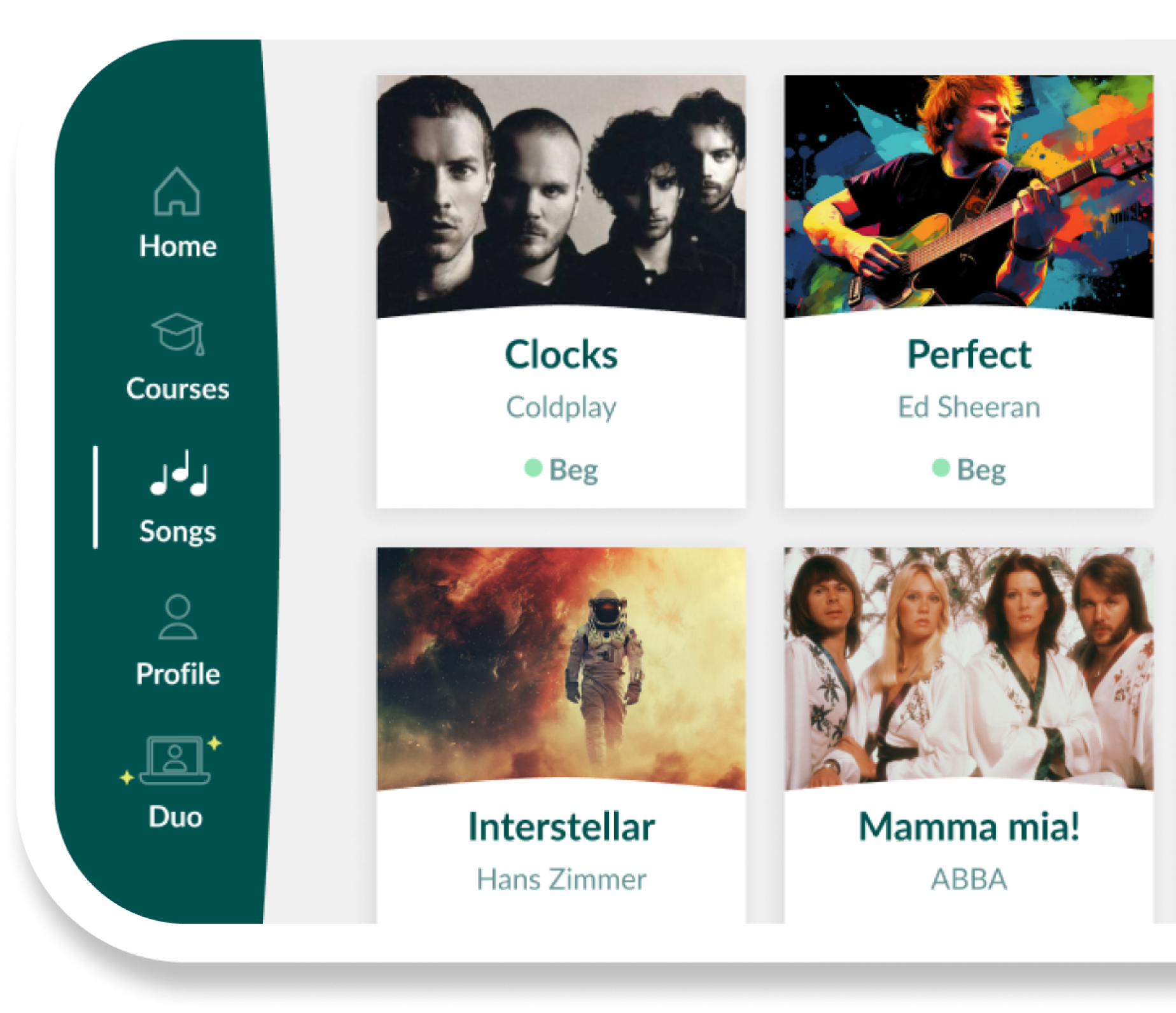America exports more music than any other country. But the real story isn’t how U.S. artists dominate globally; it’s what’s happening at home.
To explore these patterns, the piano learning app Skoove partnered with the analysts at DataPulse Research to break down more than a year of Spotify Top 200 data across 73 countries. The dataset includes over 800,000 data points, revealing how local music ecosystems thrive or fade in the algorithmic era.
American listeners are fiercely loyal to their own talent. Based on our analysis of Spotify’s weekly charts, U.S.-based artists captured 79% of chart positions within the country, placing the U.S. 6th out of 73 in local artist loyalty. The U.S. trails only countries like India, Italy, and Vietnam in favoring local artists more. Still, it dominates European markets, where local artists capture just 29% in the UK, 48% in Germany, and 60% in France.
But zoom into individual cities and the story explodes. Every Californian city where Spotify publishes a Top 200 chart ranks in the national top five for hometown pride, led by Los Angeles, where 28% of the chart belongs to California artists. Meanwhile, Chicago gives just 0.2% to Illinois artists, Detroit 0.2% to Michigan artists, and even New Orleans, the birthplace of jazz, manages only 0.4% for Louisiana artists. That’s a staggering 138-fold difference between LA and Chicago.
In a nutshell:
- 79% of U.S. charts feature American artists (#6 globally for local loyalty)
- California owns hometown pride: Los Angeles dedicates 28% to local artists, vs Chicago’s 0.2%.
- Genre beats geography: Tennessee’s Morgan Wallen (7%) nearly matches Missouri’s natives Chappell Roan and SZA combined (8%) in their own city.
- American music conquers the Anglosphere: Canada allocates 76% of chart positions to U.S. music, while India resists at just 2%.
The U.S. Spotify top 25: Who dominates the charts?
To gauge nationwide popularity, we analyzed 12 months of Spotify's weekly Top 200 charts and ranked the top 25 artists by their streaming share in the U.S.
- Pop dominates with Sabrina Carpenter (#1, 10%) and Chappell Roan (#3, 9%) leading the charge, while country music flexes its muscle through Morgan Wallen (#4, 7%) and Zach Bryan (#5, 7%)
- Hip-hop remains king: Kendrick Lamar commands 10% of streams, nearly matching the #1 pop artist, while Travis Scott, Eminem, and Future all secure spots in the top 15
- International artists struggle: Only 5 non-U.S. artists crack the top 25, led by Puerto Rico's Bad Bunny (#20) and Canada's The Weeknd (#22)
American artists own 79% of U.S. Spotify charts
The 25 artists who dominated America's streaming
in 2024-2025, ranked by their share of Spotify's Top 200 charts
American Artists
International Artists
Sabrina Carpenter (Pop)
10.2%
Kendrick Lamar (Hip-hop)
10.1%
Chappell Roan (Pop)
8.7%
Morgan Wallen (Country)
7.3%
Zach Bryan (Country)
7.2%
Billie Eilish (Pop/Alt)
6.2%
Tyler, The Creator (Hip-hop/Alt)
5.7%
Bad Bunny (PR)
4.6%
SZA (R&B)
3.6%
Post Malone (Hip-hop/Pop)
3.4%
Benson Boone (Pop)
3.2%
Lady Gaga (Pop)
2.7%
Luke Combs (Country)
2.7%
Gracie Abrams (Indie Pop)
2.6%
Taylor Swift (Pop)
2.5%
Shaboozey (Country/Hip-hop)
2.4%
Hozier (IE)
2.3%
Teddy Swims (Soul/Pop)
2.2%
Tommy Richman (Hip-hop/Alt)
2.1%
The Weeknd (CA)
2.1%
Tito Double P (MX)
1.8%
Charli xcx (UK)
1.7%
Tate McRae (CA)
1.7%
GloRilla (Hip-hop)
1.6%
Future (Hip-hop/Trap)
1.6%
DataPulse Research • Source: Spotify Charts
What about hometown pride?
Here's where the story gets surprising: While American artists capture 78.8% of national charts, most U.S. cities barely listen to their own state's artists.
Chicago—home to Kanye, Chance the Rapper, and house music—offers just 0.2% of chart positions to Illinois artists. Similarly, Detroit, which gave the world Motown and Eminem, matches that with 0.2% for Michigan artists. Even New Orleans, where jazz first took shape, devotes only 0.4% to Louisiana talent.
The notable exception? California. Every city analyzed from the Golden State ranks in the national top 5, with Los Angeles streaming 28% California artists: 138 times more hometown loyalty than Chicago. The reason is clear: California doesn't just produce artists but global megastars like Kendrick Lamar, Billie Eilish, and Tyler, The Creator, who dominate both worldwide and at home.
The chart below reveals which cities actually support their home-state artists and which musical capitals have surprisingly abandoned their own:
Genre beats geography
This divide highlights the influence of regional music preferences. Take Kendrick Lamar, for example: the California rapper accounts for roughly 10% of streaming activity in his home state's cities. However, he also enjoys significant popularity in cities like Detroit, Portland, and Phoenix, far from home, where listeners embrace his West Coast sound. In contrast, he gets minimal play in Southern strongholds like Memphis and Nashville, where country music reigns.
The reverse is equally telling. Missouri native Chappell Roan and St. Louis-born SZA, raised in New Jersey, are more popular in Northeast and West Coast cities than in their home state. In St. Louis, these two artists capture just 8% of chart presence combined, barely beating Tennessee's Morgan Wallen at 7%. A country superstar from another state nearly matches their presence in Missouri's largest city.
Even Texas, with its vibrant music scene, shows only modest hometown pride, with only 4-6% of streams going to local artists. Despite notable acts like Beyoncé, Travis Scott, and Megan Thee Stallion, Texas cities tend to stream California artists at far higher rates than their own.
Overall, genre preferences trump geographic loyalty. Artists find their biggest audiences not necessarily where they are from, but where their sound resonates culturally. Country music thrives in country markets, while hip-hop prevails in hip-hop cities, regardless of the artist's hometown. California's musical dominance stems not just from having great artists but those whose genres align with local tastes.

"The game has completely changed. It used to be about building a following, town by town, with your sound echoing in local clubs. Now, the echo chamber is a global playlist. You're not trying to win over a city anymore; you're trying to please an algorithm. It's a fantastic way to reach the entire world, but you have to wonder what unique sounds get lost in that global translation."
American artists around the world
While American artists claim 79% of U.S. charts, their global dominance tells a more nuanced story.
In the Anglosphere, American hits dominate as if they were local. Canada dedicates 76% of its charts to U.S. music, almost as much as America itself. Australia and New Zealand hover near 70%, while the UK still gives 55% to American artists despite its massive music industry. These countries don't just share a language; they share a musical universe.
The real surprise comes from unexpected markets. Saudi Arabia and the UAE both stream 43% American music, more than most European countries. Singapore matches them at 44%, while Latvia isn't far behind at 43%. This isn't about cultural proximity; it's about American music functioning as a global lingua franca, the default soundtrack for cosmopolitan audiences worldwide.
But three giants refuse to fall in line. India gives just 2% of chart positions to American music. Japan manages 3%. Turkey holds at 4%. These aren't just big markets; they're musical fortresses with thriving local industries that have successfully resisted American cultural hegemony. Even in the streaming age, Bollywood beats Billboard, J-pop trumps Top 40, and Turkish pop holds its ground.
The lesson? American music dominates where English dominates, surprises in unexpected markets, but hits a wall where local industries have the scale and pride to compete. This pattern contrasts sharply with South Korea's approach, which maintains 77% local dominance at home while simultaneously exporting K-pop globally—a dual strategy the U.S. pioneered and Korea has perfected.
Methodology
The study was conducted using data from the top 200 songs streamed weekly on Spotify in 73 countries. The data covers every week from May 23rd, 2024, to July 10th, 2025. The countries are predominantly located in Europe, the Americas, and East Asia, with a handful of countries from the Middle East, sub-Saharan Africa, South Asia, and Central Asia.
We analyzed chart performance using a points system: The No. 1 song received 200 points, No. 2 received 199 points, and so on. This allows us to weight chart position appropriately - a #1 hit counts more than a #200 track. The percentages shown throughout this report represent each country's or artist's share of total points, effectively measuring their share of Top 200 streaming activity weighted by chart position.
For songs with multiple artists, every artist on the track received the full points for that rank. For example, if a number one song featured three artists, each of those three artists was awarded 200 points.
Artists were analyzed by their country of origin, not the location of their record label, agents, or other business affiliations.
Finally, for every country, we calculated the percentage of chart positions occupied by "local" artists (from the home country) versus "foreign" artists (from other countries). By comparing these numbers, we could rank countries by their support for local music and see what kinds of music people prefer from outside their own borders.
Once we had the calculations for each country, we dug into individual artists to see who is the most globally ubiquitous.
Using the same raw data set, we aggregated the country data into seven regions: Europe; eastern Asia; southern, central, and western Asia; northern America (U.S. and Canada); south and central America (including Mexico); Oceania; and Africa. From this, we calculated each artist's chart presence in each region. This allowed us to see the percentage of streaming activity each artist captured across the seven different parts of the world.
From this data, we could see that some superstar artists were enormously popular, but only in one or two regions. Therefore, to assess each artist's reach globally, we ranked the artists by their median score among the seven regions. Notably, huge artists like Bad Bunny (the artist with the most total chart points globally) do not make it into the top 25 music monoculture stars because they are not ubiquitous: They dominate in some regions and have minimal presence in others.
We ran a study to evaluate "local" versus "foreign" music preferences at the city level. The methodology was similar to the country-level study, but with a smaller data set (the top 100 songs streamed weekly on Spotify, not the top 200).
In Europe, we looked at the music charts in 14 cities spanning Germany, France, the UK, and Spain from April 18th, 2024, to April 10th, 2025. We analyzed chart performance using a points system (1-100 scale) to weight songs by their ranking. Like the country-level methodology, we calculated the share going to "local" songs (artists from the home country) versus "foreign" songs. In Paris, for example, French songs account for an impressive 62% of the city's streaming activity.
We also analyzed 34 U.S. cities (including San Juan, Puerto Rico) using a data set of the top-100 songs streamed weekly on Spotify between May 23rd, 2024, and May 15th, 2025. This data set predominantly featured US-based artists, so we needed to redefine hometown popularity. For each city, we considered a "local" artist to be from within the same state. (As an example, local artist support in Nashville would include all artists from the state of Tennessee.)
Study by: Skoove & DataPulse Research
Edited by: Susana Pérez Posada

With over seven years of piano education and a deep passion for music therapy, Susana brings a unique blend of expertise to Skoove. A graduate in Music Therapy from SRH Hochschule Heidelberg and an experienced classical pianist from Universidad EAFIT, she infuses her teaching with a holistic approach that transcends traditional piano lessons. Susana's writings for Skoove combine her rich musical knowledge with engaging storytelling, enriching the learning experience for pianists of all levels. Away from the piano, she loves exploring new places and immersing herself in a good book, believing these diverse experiences enhance her creative teaching style.
Feel free to use this content
This content, including images and data visualizations, is licensed under a Creative Commons Attribution-ShareAlike 4.0 International License. You are free to share, copy, redistribute, adapt, remix, and transform the material for any purpose, even commercially, as long as you provide proper attribution. Please credit and link to: Skoove.com when using any part of this content.















